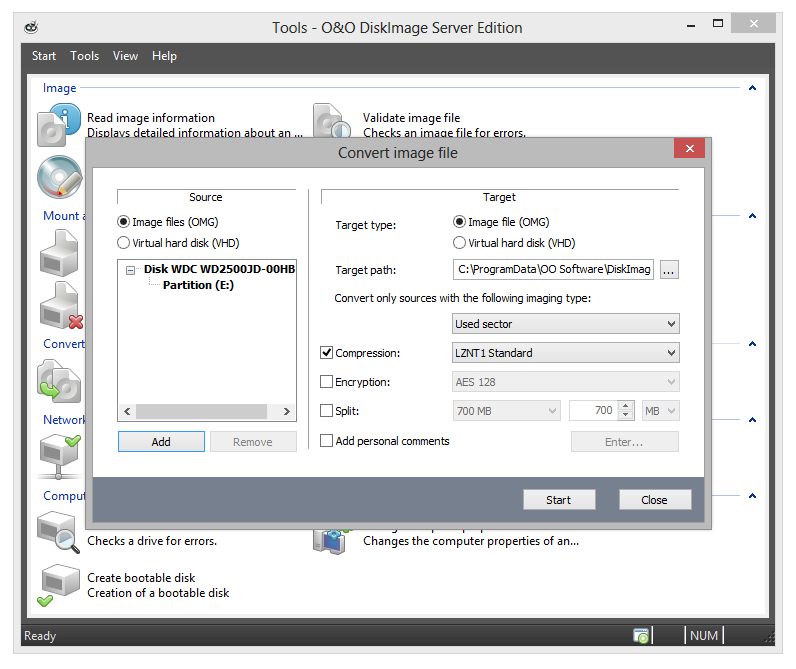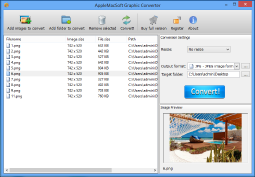
Vector graphics files also can be easily edited and manipulated for the desired application. One of them is that you can resize vector files without distortion of the image.


Because of this, there are many advantages of vector formats. On the other hand, vector formats use points to create paths represented with mathematical formulas. However, raster formats use colored pixels or separate building blocks to form an image. In addition, some downsampling is always performed, again reducing image information.Difference between vector and raster formatsīoth vector and raster formats are image formats. Debayering, the process of obtaining bitmap data from a RAW-image is always a lossy operation. Data in a RAW-file is structured according to the Bayer filter's pattern in cameras that use a single image sensor. RAW is not a standardized format, in fact, RAW-formats even differ between camera models from the same vendor. More expensive digital cameras usually offer the option to shoot in Raw image format. While increasing bit depth is usually lossless, increasing image size can introduce aliasing or other undesired artifacts. Like any resampling operation, changing image size and bit depth are lossy in all cases of downsampling, such as 30-bit to 24-bit or 24-bit to 8-bit palette-based images. Even a compressed-uncompressed-compressed round trip without any image manipulation may incur some loss of detail. While a conversion from a compressed to an uncompressed format is in general without loss, this is not true the other way around. Most image editing software is capable of importing and exporting in a variety of formats though, and a number of dedicated image converters exist.īesides uncompressed formats and lossless compression formats that can usually be interconverted without any loss of detail, there are compressed formats such as JPEG, which lose detail on nearly every compress.

An example of this is Adobe Photoshop's native PSD-format(Prevention of Significant Deterioration), which cannot be opened in less sophisticated programs for image viewing or editing, such as Microsoft Paint. Many image formats are native to one specific graphics application and are not offered as an export option in other software, due to proprietary considerations. A large number of image file formats are available for storing graphical data, and, consequently, there are a number of issues associated with converting from one image format to another, most notably loss of image detail.


 0 kommentar(er)
0 kommentar(er)
